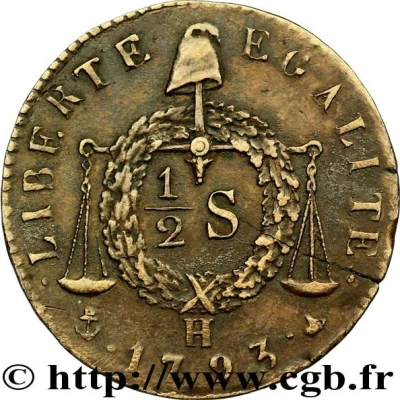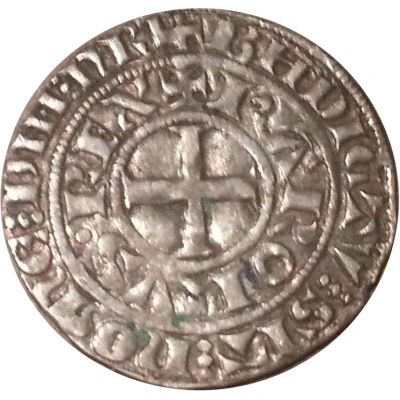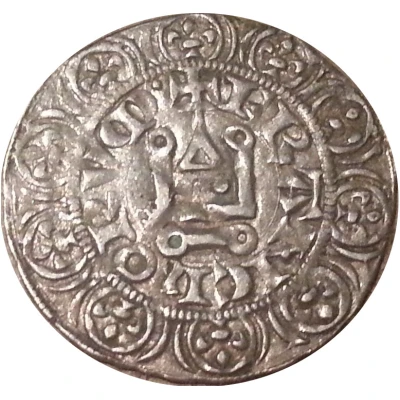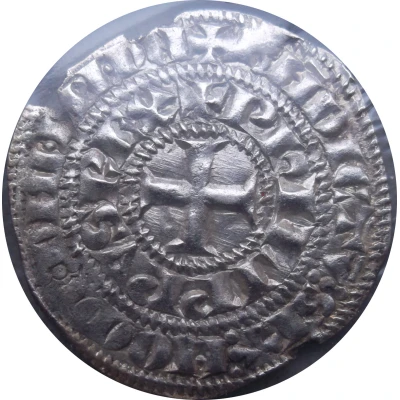
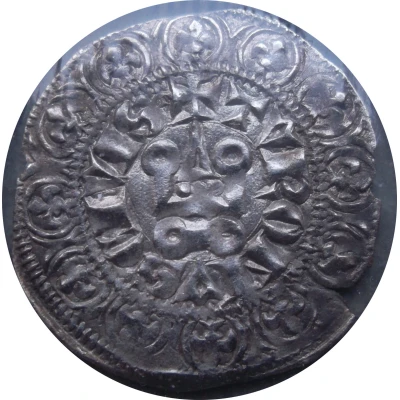

© Jetonbretagne
Maille Blanche - PHILIPPE IV LE BEL ND
| Silver (.958) | 1.95 g | 22 mm |
| Issuer | France |
|---|---|
| King | Philip IV (Philippe IV) (1285-1314) |
| Type | Standard circulation coin |
| Years | 1296-1314 |
| Value | 1 White Maille (1⁄32 LT) |
| Currency | Livre tournois (1204-1795) |
| Composition | Silver (.958) |
| Weight | 1.95 g |
| Diameter | 22 mm |
| Shape | Round (irregular) |
| Technique | Hammered |
| Demonetized | Yes |
| Updated | 2024-10-04 |
| Numista | N#67439 |
|---|---|
| Rarity index | 86% |
Reverse
Tournois castle surmounted by a cross. Exterior border of twelve lilies.
Lettering: TVR0NVS CIVIS.
Comment
Maille is a term applied to a number of medieval coins smaller (Latin etymology:médius,demi)than the unit normally minted.Under Philip IV the Fair, there was the maille blanche and the maille tierce in silver of good title, corresponding respectively to half and thirds of the gros-tournois.
definition taken from Mr. Michel Galléazzi's numismatic lexicon (Numismatique & Change n° 190 December 1989)
Interesting fact
The Maille Blanche coin was minted during the reign of King Philip IV of France, also known as Philip the Fair. The coin's name "Maille Blanche" translates to "white money" in English, which refers to the silver content of the coin. The coin was minted in large quantities during Philip's reign, and it was used as a standard circulation coin throughout France. It's interesting to note that Philip IV was known for his efforts to stabilize the French economy and currency during his reign. He introduced a new currency system, which included the Maille Blanche coin, to replace the old system that was based on the denier, a coin that had been in use for centuries. The Maille Blanche coin was a significant improvement over the denier, as it had a higher silver content and was more durable. It remained in circulation for many years after Philip's reign and became a symbol of the French monetary system during that period.

